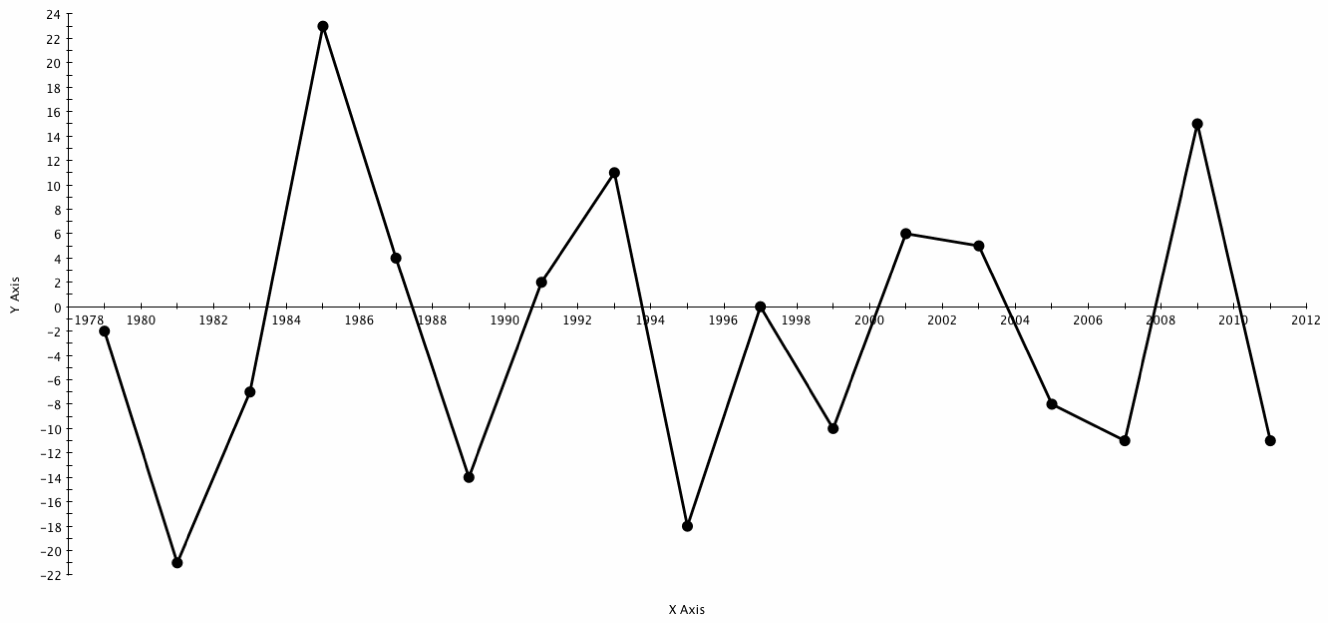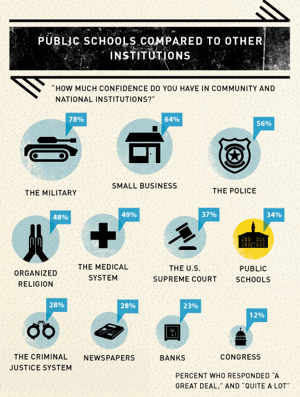As I said in my previous post about TEDxLondon, I spent Saturday listening to and watching sixteen thinkers and doers talk about an education revolution. Their talks were divided into three parts:
- What’s Wrong?
- What’s Right?
- What’s Next?
| It was a metaphor for teaching and learning in today’s information landscape. |
I’ll say here and first that one of the aspects of this education-oriented TEDx that impressed me was that the presenters were not all educators talking about the same thing’s they’d be talking about at an education conference. Their ideas were mostly sideways tilted, thought-provoking, and brain tickling, and typically lasted for less than ten minutes.
It started with an orienting talk from Sir Ken Robinson, videoconferenced in from his new home — Los Angeles. In that talk he said that the fundamental reasons for education were Economic (grow/sustain economy), Cultural (awareness of one’s own culture and that of others), and Personal (self-knowledge: who am I? What are my talents and aspirations? What is my future?). He said that going back to the basics means a renewed focus on these three fundamentals, not the 3Rs. Supporting this idea, a following speaker shared an African proverb that was new to me.
Unless we continue to initiate our (children) into the village, they will burn it down just to feel the heat.
Another statement that prompted my note taking was Dan Roberts, “Technology is not a new tool for learning. It’s a whole new way of learning.” it’s one of those ideas that’s a no-brainer for many of us, yet not understanding this one very simple concept is proving to be a huge barrier to transforming education. Roberts went on to say (my paraphrasing) that education will be irrelevant unless we pay attention to how kids live and learn outside the classroom and carry that into our more formal learning environment. It’s not a simple task and there is still much that we do not know about their ‘native’ learning experiences.
This was illustrated by Nick Stanhopes’ Historypin (vid). It is probably my background as a history teacher, but this one sizzled my brain. Stanhopes said, “Every spot on the planet has an amazing column of history running out behind it,” and much of that history is recorded in photographs.
Historypin aligns collected and submitted photographs, with their stories, to a map and to current street views of specific locations. When a learner can see the image of a historic event, or even more subtle local occurrences, overlaying the spot as it is now, then history comes alive, because it gets connected. It’s about context.
Within context, questions come, and isn’t that where you want learners to be — asking questions. Ewan McIntosh gave a brilliantly talk about the power of questions and problems. He said that questions are incredibly important, and that we need to do everything we can to make sure that children keep asking them.
What really wrinkled my brain was an entertaining demonstration of interactive electronic music by Tim Exile. As he talked, he would capture the audio of various phrases, and then replay them as music with pitch, reverb, and rhythm — twisting, turning, and tapping at a wild array of electronic devices.
Then he introduced an online real time community where members uploaded sound files, and he mixed them in, creating an almost organic stew of “music.” It was a metaphor for teaching and learning in today’s information landscape.
There was so much more that I could comment on, but the question arises, what is the education revolution?
The education revolution
- ..is not about new tools. It’s a new approach to learning and teaching
- ..does not separate knowledge, it layers knowledge
- The Education Revolution is understanding that learning happens best within a context that is real, has color and flavor, and provokes new questions.
- ..is alchemy. It is resourcefully, inventively, and responsibly mixing information; boiling it into new knowledge, new action, new relationships, and into richer personal identities, cultural understandings, and greater opportunities.
What would you add?
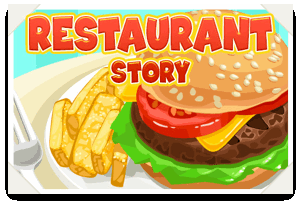 I’d thought about this early this summer while my daughter was in the hospital. In amongst catching up with a back-log of professional reading, building out and refining her personal learning network, fleshing out lesson ideas, and concept mapping her teaching strategies – and getting well – she ran a restaurant. It was on her iPad, periodically beckoning her reading or browsing because it was time to open up the store, put the soup on, come up with discounts, and post signage, all to enjoy a successful mock revenue generating establishment, Restaurant Story.
I’d thought about this early this summer while my daughter was in the hospital. In amongst catching up with a back-log of professional reading, building out and refining her personal learning network, fleshing out lesson ideas, and concept mapping her teaching strategies – and getting well – she ran a restaurant. It was on her iPad, periodically beckoning her reading or browsing because it was time to open up the store, put the soup on, come up with discounts, and post signage, all to enjoy a successful mock revenue generating establishment, Restaurant Story.


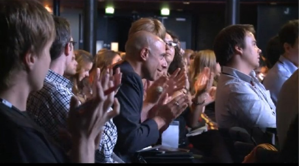

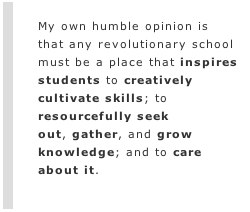 The paper (
The paper (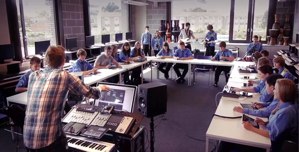


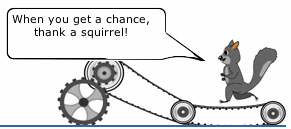 You’ve noticed, no doubt, that I made some changes to the design of Citation Machine. My intent was to make the changes as minor as possible while making its operation as simple as possible. I realize now, after many e-mail queries and complaints that although I maintain that the design is simpler, I have also changed the process a little more extensively than I’d assumed.
You’ve noticed, no doubt, that I made some changes to the design of Citation Machine. My intent was to make the changes as minor as possible while making its operation as simple as possible. I realize now, after many e-mail queries and complaints that although I maintain that the design is simpler, I have also changed the process a little more extensively than I’d assumed.